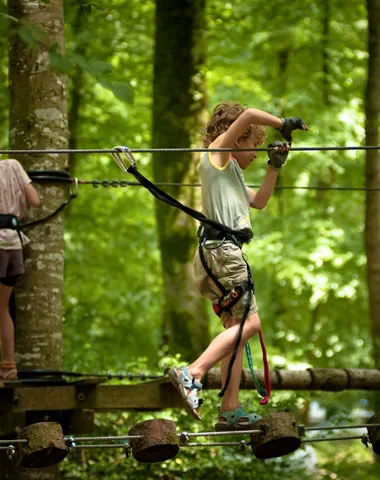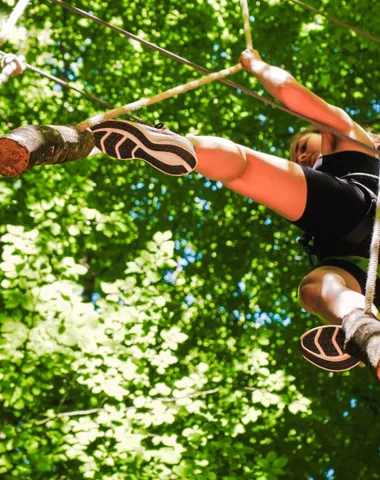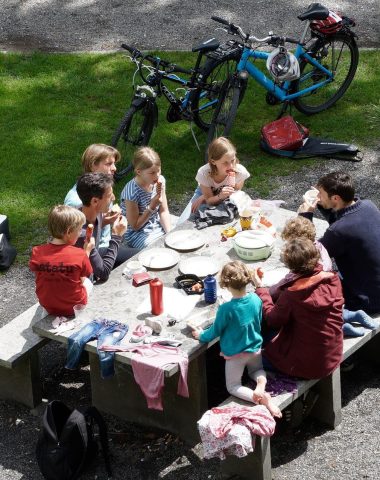What a pleasure to be in the middle of nature! The Pays de Fougères is full of lush forests and woods. From majestic beeches to large oaks, passing through the … these forests invite you, with family, friends or alone, to walk the trails for inspiring walks or sporty hikes in the heart of nature.
The Forest of Fougeres
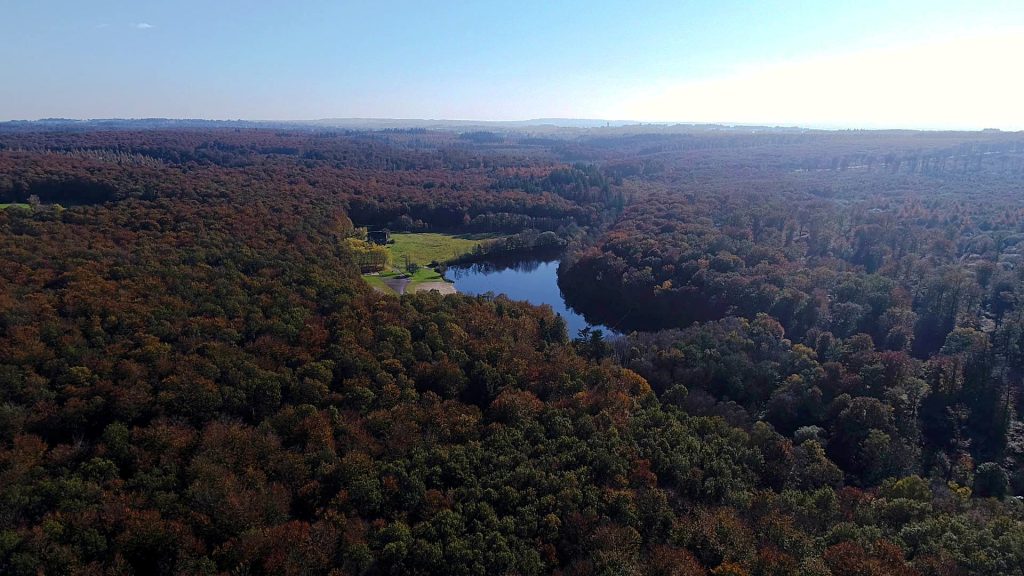
La Ferns Forest extends over 1500 hectares.
The beeches represent 3/4 of the massif and have, since the Middle Ages, the installation of many huts of clog makers. The Fougères forest also acted as a gigantic hiding place during the heyday of the Chouannerie. Thus, at the entrance to Landéan, on the edge of the forest, one can discover the cross of Recouvrance which marks the place of the first meeting of the insurgents. Of stones crossed more than 5000 years to testify to the presence of the men. Can you find the 200-year-old trees nicknamed “the Twins”?
In the middle of the trees appears an alignment that is exceptional to say the least: the Cord of the Druids which, made up of 50 quartz menhirs, stretches over a row of 300 meters. You can also discover during a walk the dolmen of the Pierre Courcoulee. In the past, the huge table rested on 10 pillars sunk into the ground.
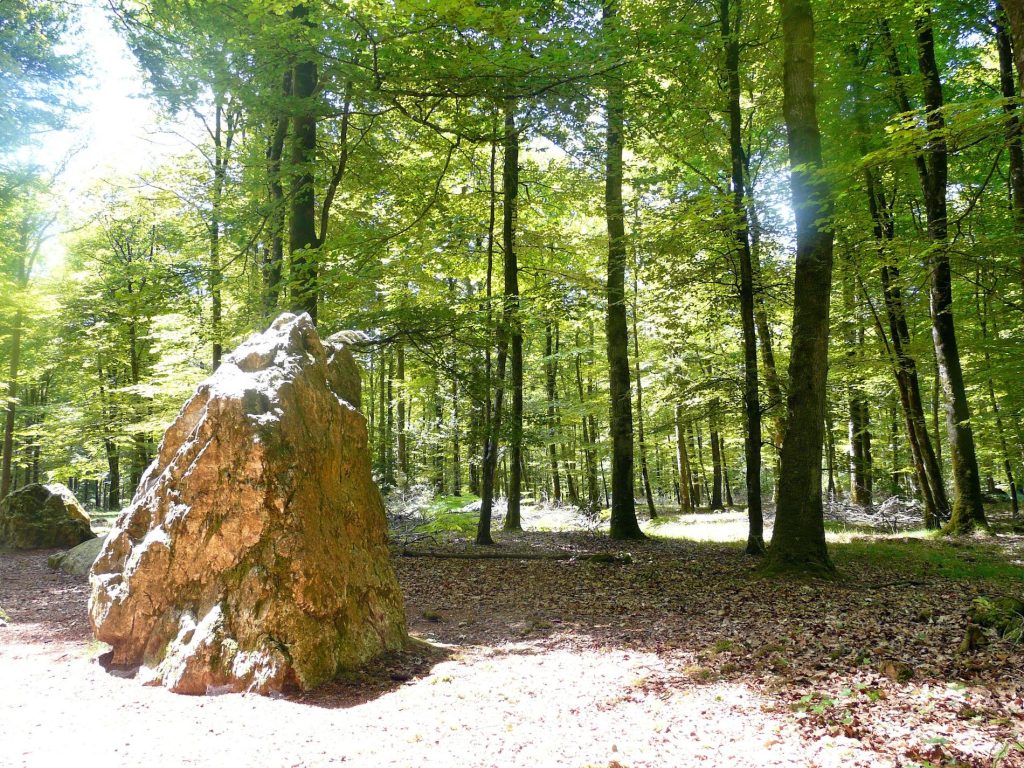
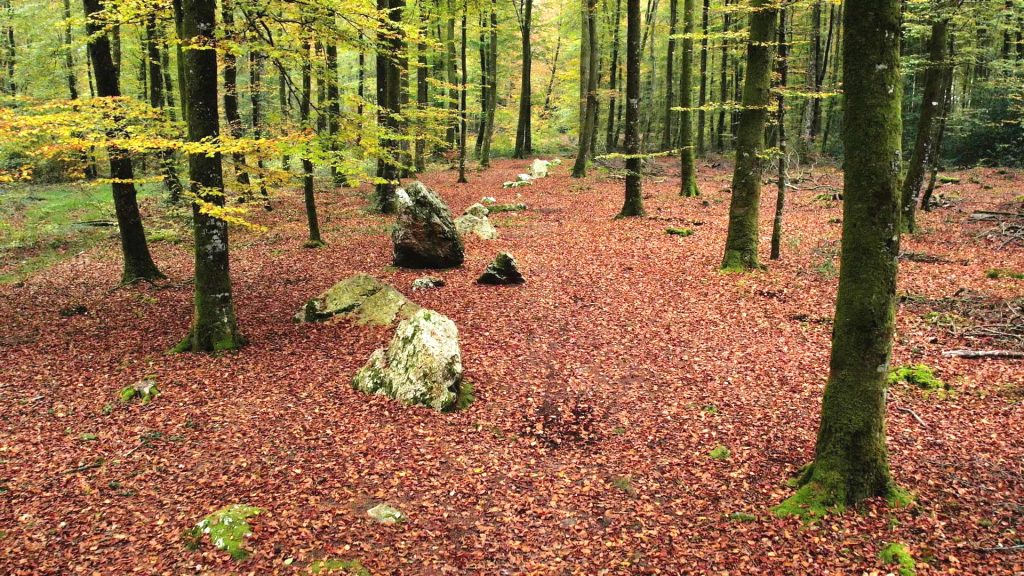
Finally, follow the Hauts Vents forest road: you cannot miss the Treasure Stone. This dolmen hides, it is said, an inestimable treasure. Object of covetousness, his research has also caused the collapse of part of the supports of the monument.
Unmissable curiosity, go to Cellars of Landéan. Dating from the XNUMXth century, a vaulted room is hidden underground, supported by eleven arches. The legend says that the two staircases which lead to it would connect the cellars to the Château de Fougères… but to this day, this underground construction still remains a mystery.
Within the forest of Fougères is also the Chênedet leisure center, where young and old can practice various outdoor activities such as mountain biking, archery, canoeing...
For young and old adventurers, a Tree Climbing park suitable for all ages and levels is open from April to September.
Several hiking trails extend over the massif and will allow you to discover the different archaeological remains while recharging your batteries in the heart of this natural setting.
Villecartier Forest
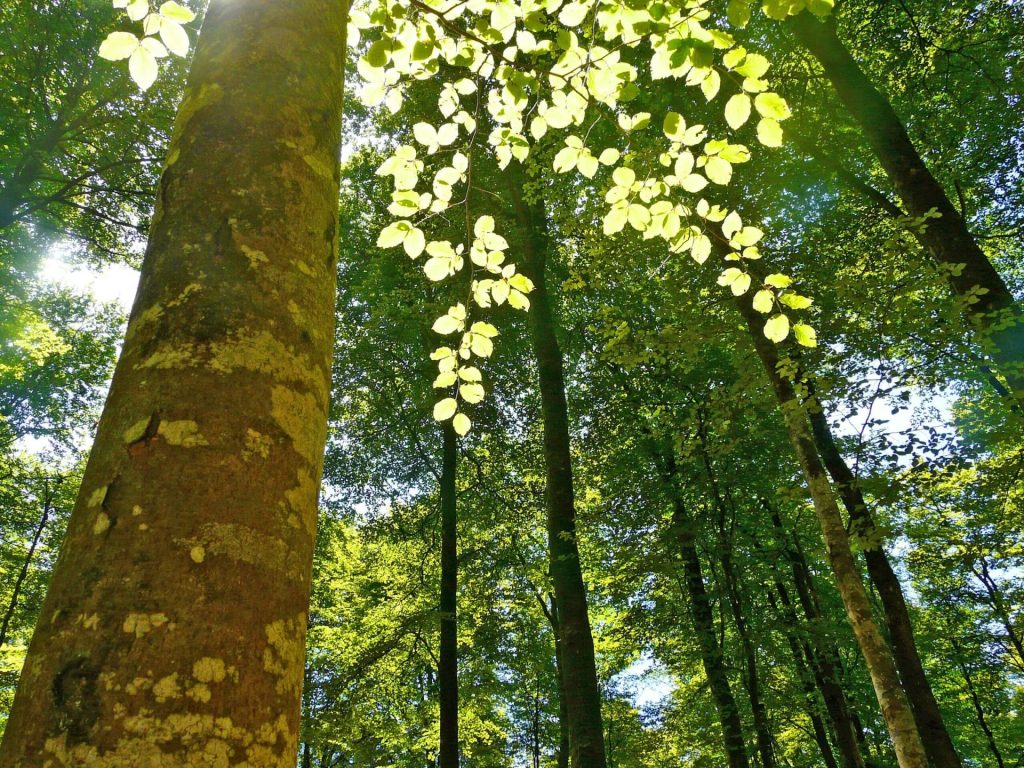
At the gates of the town of Bazouges-la-Perouse rises the Villecartier Forest. Long populated by lumberjacks and clog makers, today it offers the beauty and calm of a high forest of beeches and oaks.
Thanks to the marked trails, hiking enthusiasts go back to the past of the forest while enjoying the magnificent natural setting. At the heart of the massif, thepond of the same name deserves a stop.
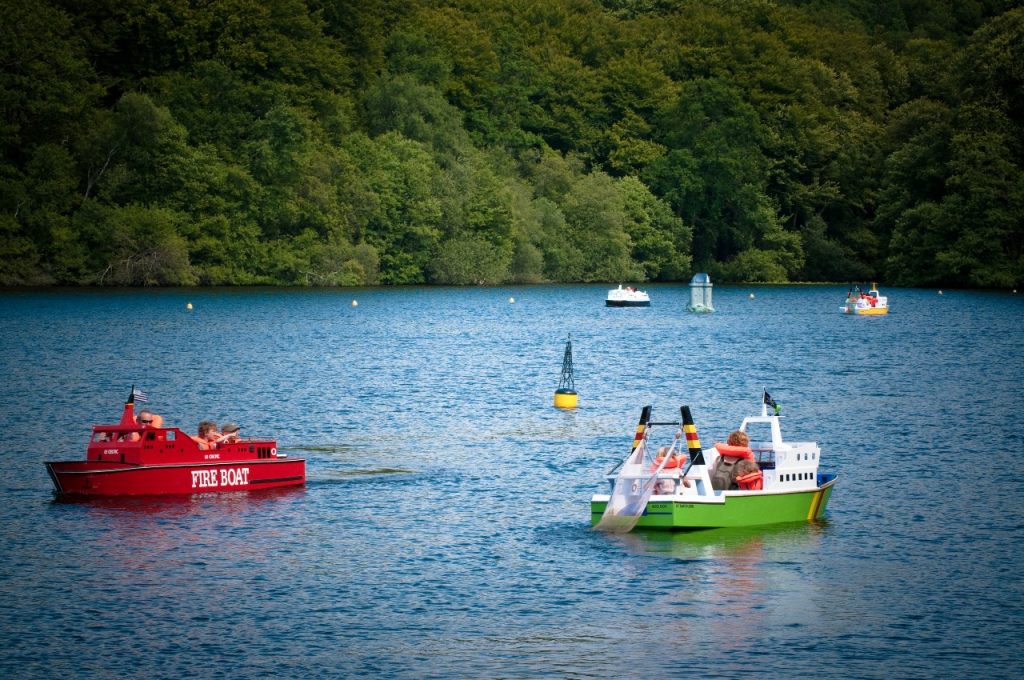
Un miniature port was built there. For the more adventurous, a acrobatic course in the trees promises strong emotions.
The Motte Wood
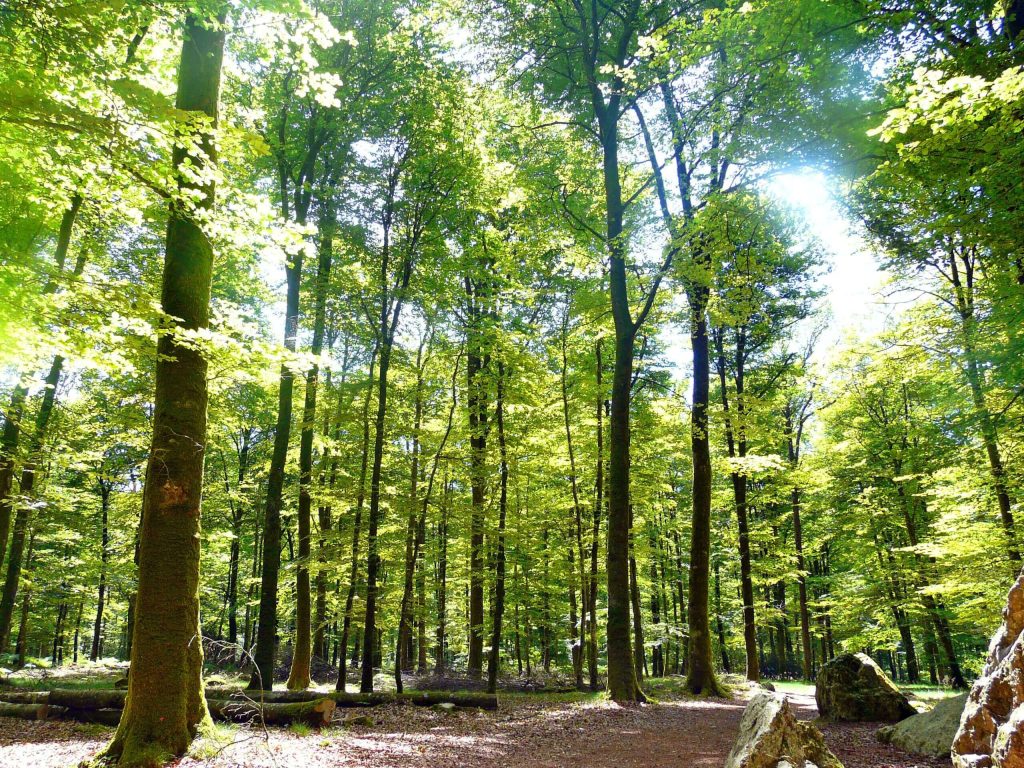
The Bois de la Motte is located on the edge of the town of Saint-Brice-en-Coglès. Covering an area of 22ha, the site was purchased by the General Council of Ille-et-Vilaine in 1990.
The castle and the Bois de la Motte take their name from the proximity of a feudal motte located on the banks of the Loisance river. Between Maen Roch and Fougères, a green massif borders departmental road 155, you are in Bois de la Motte!
This wooded massif of beech trees is crossed by many forest paths. Regular and compact in shape, it is distinguished by rocky outcrops of granite, the local stone par excellence.
A discovery trail has been laid out there to allow walkers to appreciate all its riches, while protecting sensitive areas.
An old feudal motte
Where does the appellation of Saint-Brice-en-Coglès* come from? From the name of the bishop of Tours, associated with the Breton "coglez" which means north. And the Bois de la Motte? Like the castle built on its land, it originated from an old feudal motte built nearby, on the banks of the Loisance river. In the Middle Ages, the motte designated a defensive construction, built on top of a mound of earth. The ancestor of the fortified castle…
*In 2017, Saint-Brice-en-Coglès and Saint-Etienne-en-Coglès came together to create a new municipality "Maen-Roch". In Gallo, it means “The round of stones”.
wood craftsmanship
Maen Roch was once a small economic and craft center, animated by clog makers, lumberjacks and sawyers. The main local resource, wood, was worked there.
95% beech
Beech is the main essence of La Motte wood. The tree appreciates its deep and acid soil, resulting from the decomposition of granite.
The Bois de Rumignon
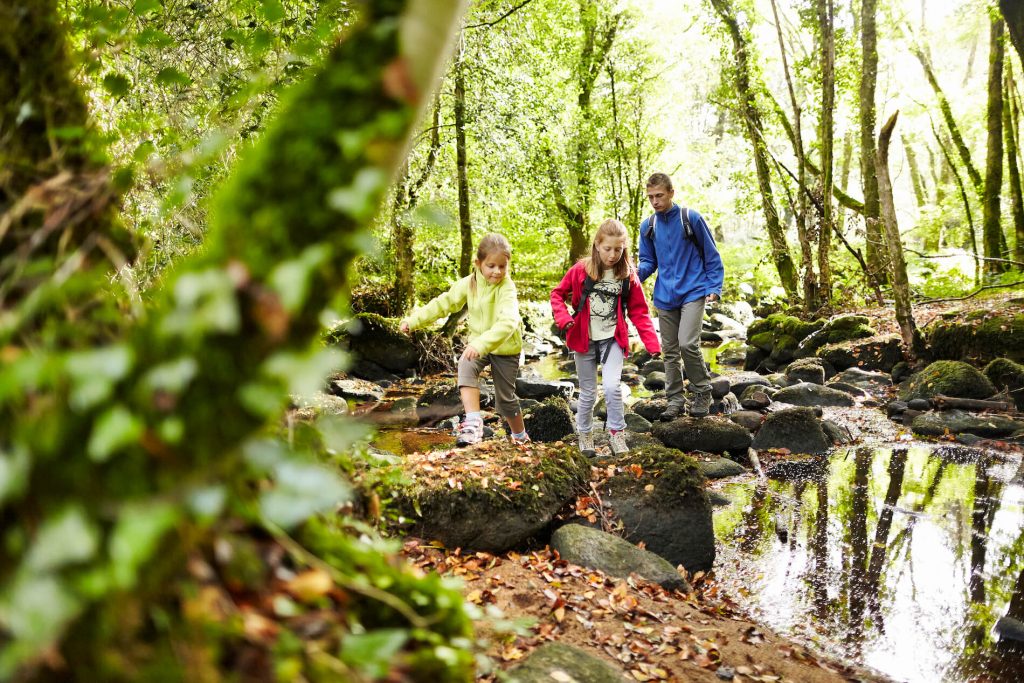
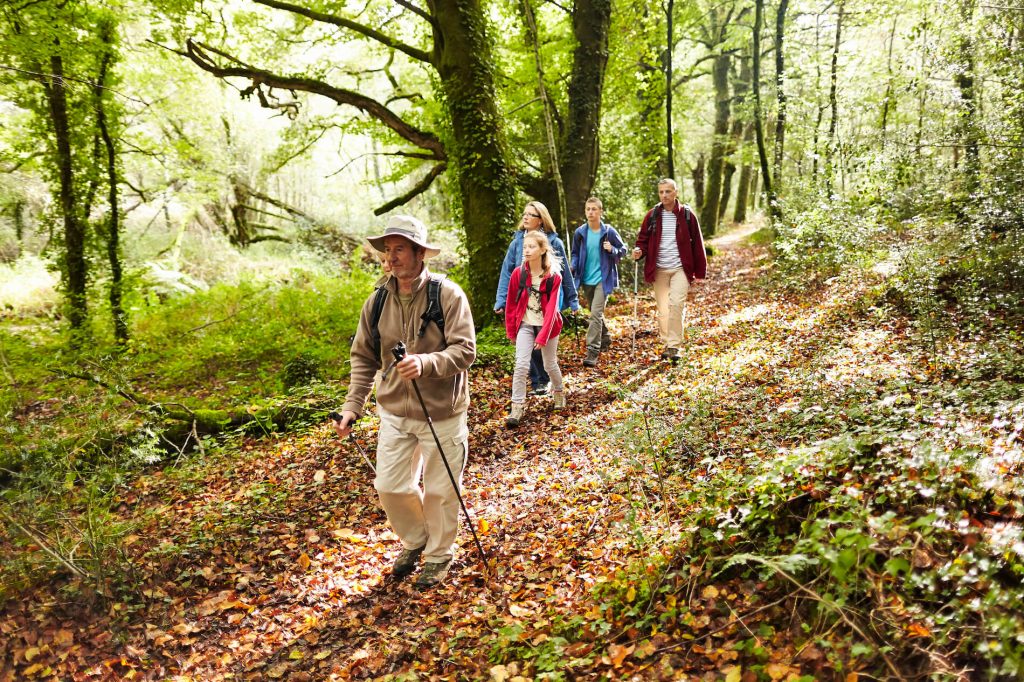
The Bois de Rumignon, located in the commune of Saint-Aubin-du-Cormier, is part of the forest massif of the Marches de Bretagne. the GR 37 runs along the site and allows walkers to reach the Roche Piqué, classified as a natural monument of an artistic nature since 1911.
According to some legends and superstitions, giant toads keep a fabulous treasure under the rock.
Don't miss the Cross of Garenne, ordeal located at the corner of departmental road 103.
Typical of the forests of the Great West, the Bois de Rumignon covers a 145 m ridge which separates the watersheds of the Couesnon to the north and the Vilaine to the south.
Located 3 km from Saint-Aubin-du-Cormier, the site is part of the forest massif of Marches-de-Bretagne.
A treasure under the rock
Cut stones and about thirty axes testify to an ancient human occupation of the Bois de Rumignon, during the Neolithic era and then the Bronze Age.
The forest is home to the site of the Roche piqué, a group of steep-sided sandstone rocks that offer a soft and soothing atmosphere. The particular topography of the place, classified as a natural monument of an artistic nature since 1911, is the source of some legends and superstitions.
One of them tells that giant toads keep a fabulous treasure under the rock...
A nearby castle
Very popular hiking spot, the wood de Rumignon is connected to the park of the castle of Saint-Aubin du-Cormier by the GR 37. The building was for several centuries one of the symbols of the independence of Brittany. Formerly composed of ten towers forming a vast enclosure, the castle was destroyed by King Charles VIII who had the keep cut in two.

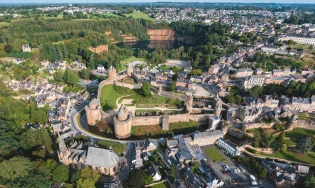

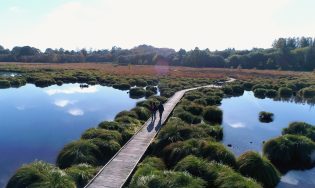
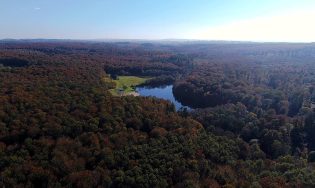
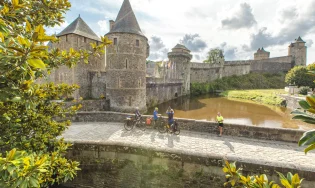
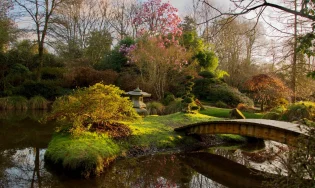
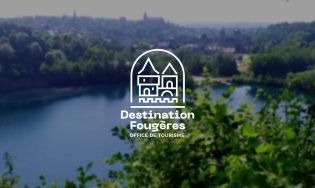




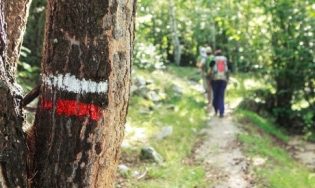

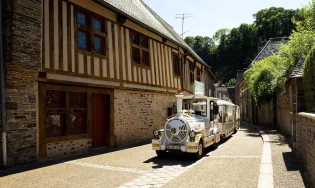
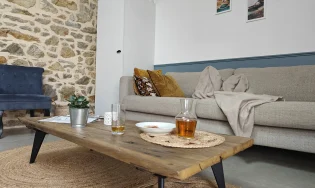

 Groups
Groups

